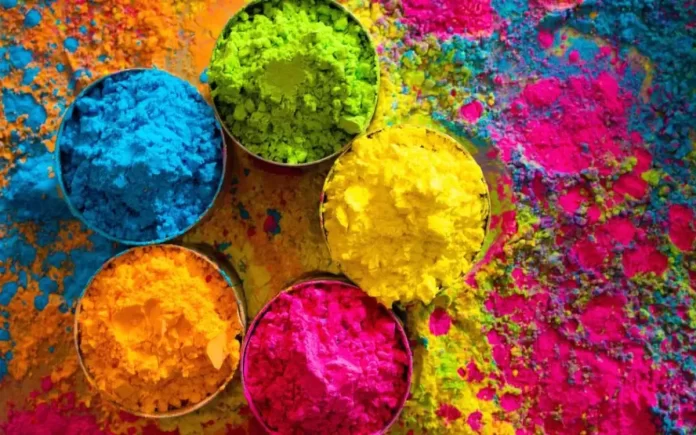India, the Land of Bharat, has bestowed numerous treasures upon the world. Undoubtedly, the Festival of Colors (Dol Yatra and Holi) and the Festival of Lights (Diwali) stand out among them. One fills our lives with vibrant hues, while the other illuminates our path with the power of light.
The Essence of Holi
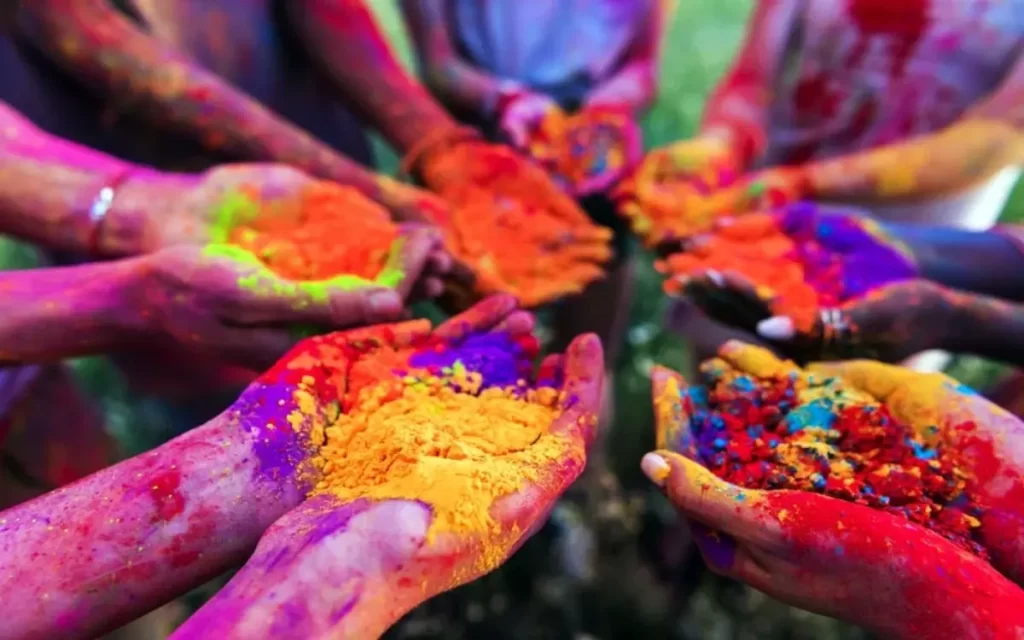
It’s a time when the world awakens from its winter slumber, and nature comes alive with color, sound, and energy. From the first bloom of a flower to the return of migratory birds, spring is a season of beauty and wonder, signifying renewal, growth, and new beginnings. Among the most colorful festivals celebrated during this season is Holi, an ancient festival steeped in cultural, historical, and religious significance. Holi finds its origins in Hindu mythology, with stories and legends tracing back to various mythological narratives, including that of Holika, the sister of the demon king Hiranyakashipu.
Dol Purnima
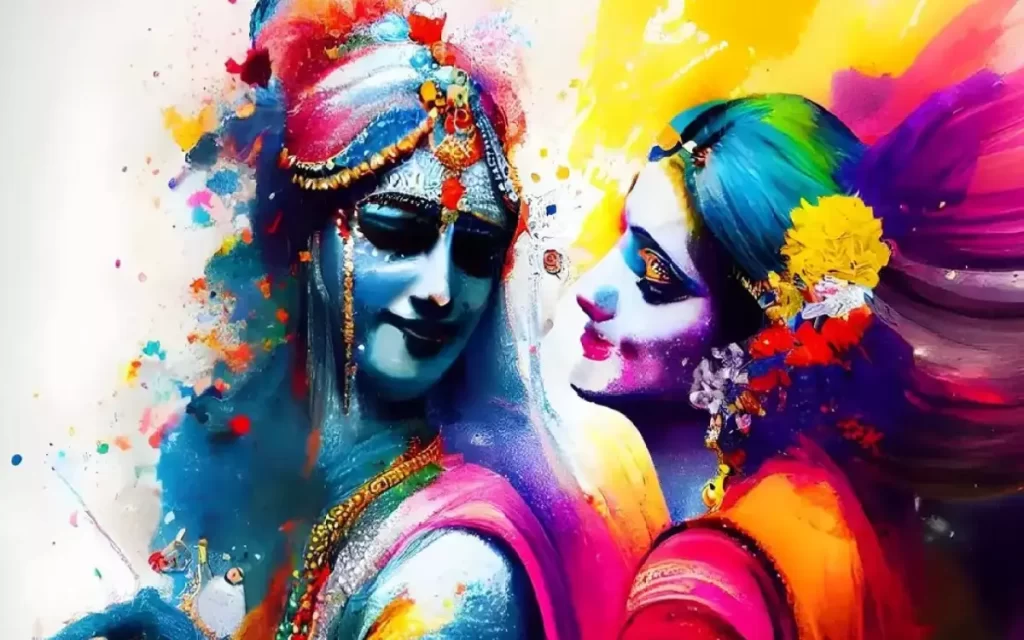
Dola Purnima, also known as Dolo Jatra, Doul Utsav, or Deul, is a vibrant Hindu swing festival celebrated across the Braj region, Rajasthan, Gujarat, Odisha, Assam, Tripura, and the Bengal region. This joyous occasion is dedicated to the divine bond between Radha and Krishna.
The Legend of Prahlad
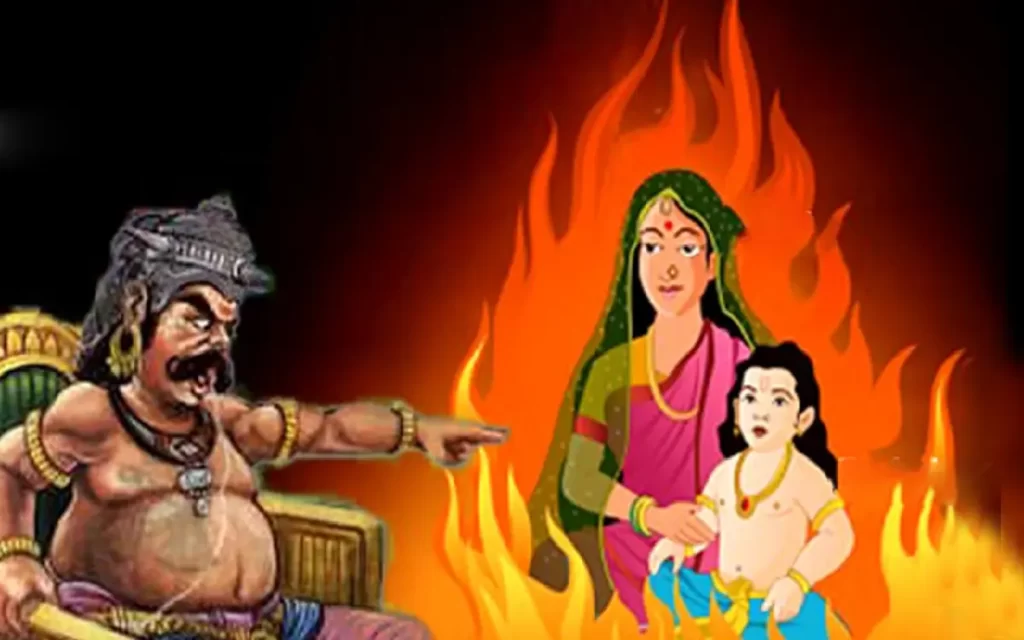
According to legend, Hiranyakashipu, granted invincibility by Lord Brahma, demanded worship from all but his son Prahlad, who remained steadfast in his devotion to Lord Vishnu. Various attempts to kill Prahlad failed, including an effort to burn him alive with Holika, who perished while Prahlad emerged unscathed, symbolizing the triumph of good over evil. In Mathura and Vrindavan, Holi is also a celebration of the divine love shared by Lord Krishna and Radha. This year, Holi falls on Monday, March 25, 2024, also known as ‘Basanta Utsav’ and ‘Dol Jatra’.
The Modern-Day Celebration of Holi
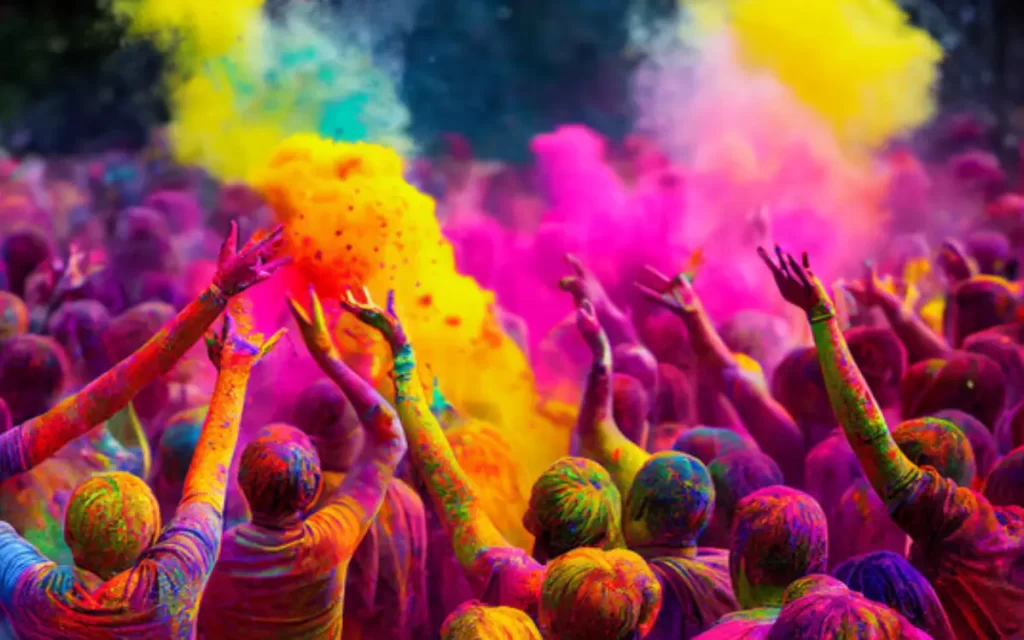
As a child, I feared Holi, especially when people applied color to their faces; I felt as though ghosts were before me. Despite belonging to a joint family where all my cousins celebrated, I locked myself in my grandparents’ room, shielded from the festivities. Gradually, I overcame my fears and now thoroughly enjoy the festival, as do many others like me.
Now, as a parent, witnessing my daughter’s uninhibited joy in playing with colors during Holi fills me with fond memories and reflection. Holi spans two consecutive days, beginning with Choti Holi followed by Dulhendi, also known as Badi Holi or Rang wali Holi, and marked by the ceremonial lighting of Holika Dahan, a symbolic bonfire.
Let’s immerse ourselves in the kaleidoscope of colors and the camaraderie that Holi brings, remembering its profound symbolism of renewal, love, and the victory of light over darkness. May your life be enriched with the vibrant spectrum of colors.


